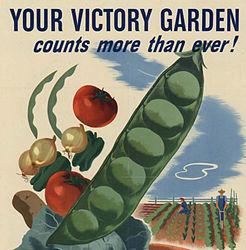Can we eat our way out of potential global warming? This is the question that Helen Harwatt and her co-authors considered in an article entitled, Substituting beans for beef as a contribution toward US climate change targets, in Climate Change. It was neither a randomized clinical trial or an observational study, it was instead simply speculation based on a mathematical model. They took information regarding beef and beans consumption and nutritional value from the US Department of Agriculture and estimates about carbon dioxide production during the life cycle of both beef and beans and declared:
- They say beef is the most greenhouse gas (GHG) intensive food item, with what they write are emissions ranging from 9 to 129 kg CO2e/kg, while they believe legumes result in 1–2 kg CO2e/kg (Values based on a meta-analysis)
- They advocate that legumes are a high protein food currently consumed at levels well below the US government’s dietary recommendations, making them a nutritional substitute for reducing GHG emissions while maintaining nutrition.
- They calculated the net change in GHG emissions.
- Then they used a secret sauce of their own, a variety of calculations to factor in a range of measures in GHG considerations, changing farm machinery, changing the soil, etc., a little strange since they don't know anything about any of those things. They attempted to account for differences in beef and bean’s protein content, moisture content, etc. So the numbers are fuzzy, but perhaps the concept is not.
- Their computer model estimated substituting beans for beef resulted in our meeting 70 percent of the 2020 GHG goals for the United States
Whether or not those greenhouse goals are worthwhile or achievable is for others to argue, this is just about their computer estimate. Even if their numbers are accurate, they concede the 70 percent value is too high, that we will not completely substitute beans for beef because that would require societal comprehensive behavioral change that is ‘non-trivial and unprecedented at the national level” basically, we would have to force people to stop eating meat when we struggled for 50,000 years to have meat cheap enough that even poor people could afford it, and we finally did. I might argue for the last part of that statement. We have mobilized our dietary behavior for national goals in the past, also by government mandate. We government-enforced rationing during World Wars I and II (though we also had a rampant black market and rationing was really only for the poor.) And Victory Gardens were voluntary. In World War II, these voluntary gardens were responsible for about 33% of all vegetables produced in the United States and involved 18 million gardens. They were exempt from rationing. You can bet if people could have grown sugar cane in their backyard gardens, they would have.
Substituting beans for beef does come with costs and changes, in jobs, land use, recipes. The authors discuss some of their perceived benefits, but it is near the end that we get to their heart of the matter when they state, “Dietary shift is ideal in this respect as it ascribes a pivotal role to personal choice in achieving GHG reduction targets.”
Now whether this substitution is possible on a large enough scale to have an impact is open to conjecture. But speaking just for me, wouldn’t it be nice to add this to the debate, as a national goal in ‘making American great again?’




